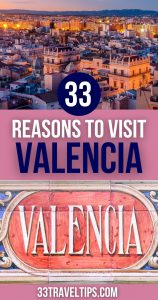
If you’re wondering whether to put the Mediterranean city on your itinerary, let us tell you this:
Valencia is worth visiting for its incredible historical, cultural, and culinary surprises. Architecture buffs will love the mind-bending City of Arts and Sciences; nature lovers – the gorgeous Turia Park; food aficionados – the traditional cuisine; and culture vultures – the diverse museums.
On top of that, Valencia is cheaper than Barcelona.
In this article, you’ll find the top 33 reasons to visit Valencia, Spain. By the end of the article, you’ll understand why people go to the third-largest Spanish city.
Buckle up and let’s discover!
Start Planning Your Trip to Valencia with Our BEST Recommendations:
⭐ Top Tours in Valencia ⭐
📍 Tuk-Tuk Tour Around the City – discover Valencia in an entertaining and comfy way.
📍 Wine & Tapas in a Historic Building – a guided walk through the Old Town and delectable wines and tapas in an 11th-century building.
⭐ Best Accommodations in Valencia ⭐
🏨 Caro Hotel – the best luxurious experience in the heart of Valencia’s Old Town.
🏨 Amazinn Places EVIapartments – funky, modern apartments with great amenities.
⭐ Easiest Transportation Options in Valencia ⭐
🚍 Valencia Tourist Card – enjoy discounts, free travel, and entrances to museums.
🚍 Discover Cars – compare and find the best rates for car rentals.
✅ Note: This article contains affiliate links. In case you purchase something through one of these links, we may receive a small commission at no extra cost to you. Thank you for helping us keep creating the free content on this website!
Visit Valencia for the Incredible Foods and Drinks
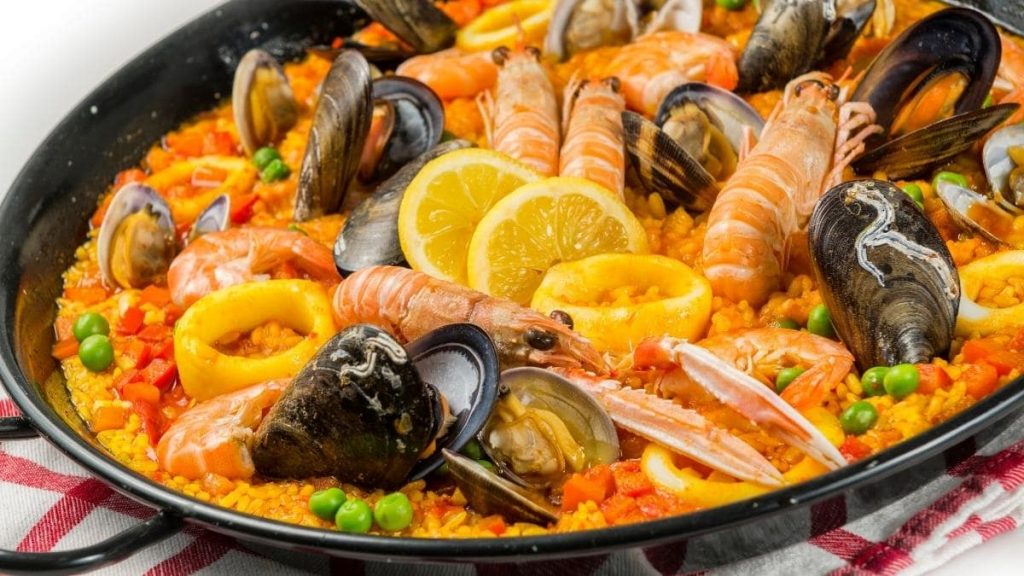
The coastal town is the birthplace of some of the most famous traditional dishes in the country. Get a napkin now, because the following section enlists the foods and drinks that make Valencia worth visiting.
- Paella. Spain’s most popular meal originates from Valencia. The classic paella features fried chicken, rabbit, tomatoes, beans, and rice. Our favorite version is paella de mariscos, which epitomizes seafood. If you’d like to taste the original, head to Albufera Natural Park. The birthplace of paella is the small village of El Palmar, about 16 mi (25.5 km) from Valencia. We recommend joining this excursion.
- Fideuà. This pasta dish hails from the small Valencian town Gandía. Fideuà is very similar to paella, but instead of rice, it combines noodles and seafood. The rice noodles in the fideuà soak up the broth and tomato-pepper sauce while cooking, which brings out the rich seafood flavors. Enjoy it with a generous splash of lemon.
- All-i-pebre. The fiery stew all-i-pebre is only for the most adventurous travelers. It brings together eel, potatoes, almonds, garlic, and chili peppers to redefine the term scrumptiousness. If you love spicy food, order this amazing combo. Our best advice is to get lots of bread and beer on the table, too – to be able to put out the fire in your mouth.
- Cocas. If you like pizza, you’ll love cocas! You can eat these diverse flatbreads with a variety of toppings, either sweet or salty. The options include vegan, vegetarian, fish, meat, and every other imaginable combination. Valencianos love cocas a lot and prefer them over pizza. They might even try to convince you their dish is tastier than the Italian one. We’ll leave it to you to decide which one’s your favorite.
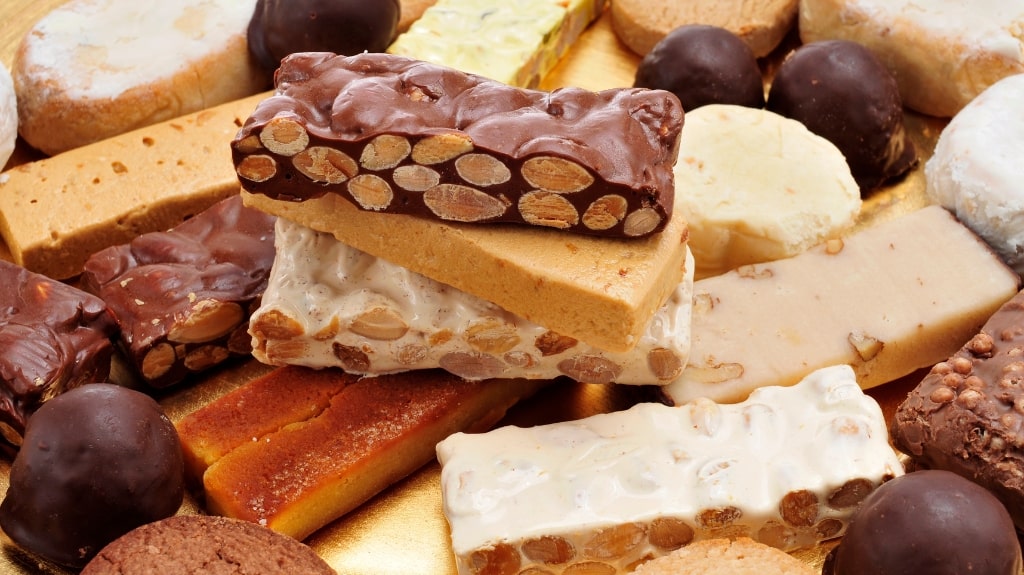
- Turrón. The mouthwatering sweet seduction from Valencia is a nougat confection made of sugar, honey, and egg whites. It’s toasted with almonds or other nuts, and its purpose is to send your taste buds into culinary heaven. Turrón comes in a huge variety of flavors and textures, so make sure to try as many as you can. It makes a perfect souvenir to bring home, too.
- Bunyols. Usually associated with the colorful Las Fallas festival in March, these sweet, deep-fried donuts will give you plenty of energy to enjoy the parade to the fullest. The yeast dough is often flavored with anise and pumpkin. For the ultimate foodgasm, dip your buñuelos (or bunyols) into a cup of thick hot chocolate.
- Horchata. Popular not only in Valencia but everywhere in Spain, horchata is a beverage that looks like a milkshake. However, the refreshing drink is made of tiger nuts (“chufas” in Spanish). You can enjoy it hot or cold, and add a ton of different flavors to it. Naddya’s favorite is the lemon horchata. The beverage is so popular there’s even a museum dedicated to it. Visiting Alquería El Machistre is one of the most peculiar things to do in Valencia.
- Agua Valenciana. Invented in 1959 in Cafe Madrid de Valencia, this staple cocktail hasn’t lost its popularity since. Valencian Water, as the name translates, has nothing to do with water, though. The cocktail brings together gin, vodka, and orange juice, which join forces with cava, the Spanish sparkling wine, for a powerful punch.
- Oranges. The sweet citrus fruits farmed in the Valencian region are famous for their extraordinary flavor and sweetness. They’re harvested at their optimum ripeness, which means there’s no better place to order a glass of zumo de naranja (freshly squeezed orange juice) than the cafés of Valencia. If you want to stock up on vitamin C, visiting Valencia and devouring locally-produced oranges is a must.
Go to Valencia for the Jaw-dropping Attractions
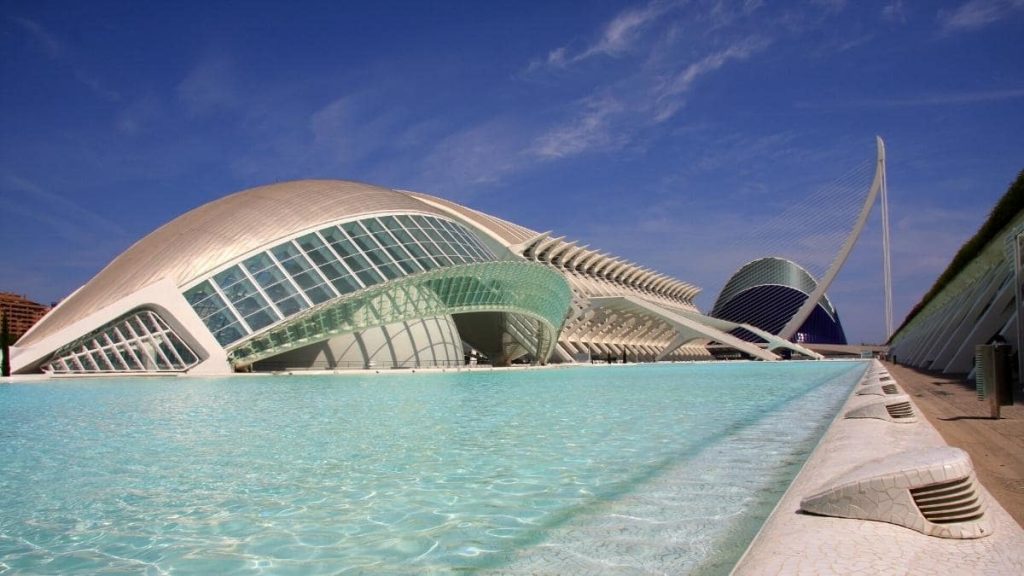
Valencia is worth visiting for its diverse landmarks. Medieval structures, eclectic museums, vibrant marketplaces, and lush parks all await you in the gorgeous Spanish city. Let’s explore them below.
- City of Arts and Sciences. The slick, surprising curves of the futuristic Ciudad de las Artes y las Ciencias have earned the landmark a spot among the so-called 12 Treasures of Spain. It’s also among the things Valencia is most famous for. The mind-boggling complex consists of several attractions, such as:
- Museu de les Ciències Príncipe Felipe – an interactive science museum.
- L’Oceanogràfic – the largest oceanographic aquarium in Europe.
- L’Hemisfèric – an IMAX cinema, laserium, and planetarium.
- Palau de les Arts Reina Sofia – an opera house and a performing arts center.
- L’Umbracle – a sculpture garden and a trail featuring indigenous plants.
- L’Àgora – a covered plaza, which hosts music concerts and sporting events.
- Valencia’s Old Town. Ciutat Vella (the Old Town) offers a walk through history. It consists of five neighborhoods and is perfect for soaking up the city’s lively vibe. The most notable spots in Valencia’s historic center include the bustling Plaza de la Reina, the Gothic Valencia Cathedral, the Modernist Central Market, and the medieval Torres de Quart. You should also explore the intricate collections at the National Ceramics Museum and the fascinating history of the Silk Exchange.
- Turia Gardens. If you decide to take a break from sightseeing, head to the gorgeous Túria Park. The extraordinary recreational area spans the city. In the 1960s, the authorities diverted the Turia River as it was often flooding Valencia. They then turned the dried riverbed into one of the best green spaces in Europe. The park invites for a picnic, exercising, strolling, or relaxing in the shade. Several historic bridges, charming ponds, and quirky sculptures make it even more exciting to visit.
- Valencia Cathedral. The 13th-century Valencia Cathedral embodies Gothic-style architectural elements. The temple dominates the skyline of the Old Town. The stunning church is dedicated to Saint Mary and contains several priceless 15th-century paintings. Hidden in one of the chapels, it holds a chalice that locals insist is the Holy Grail itself.
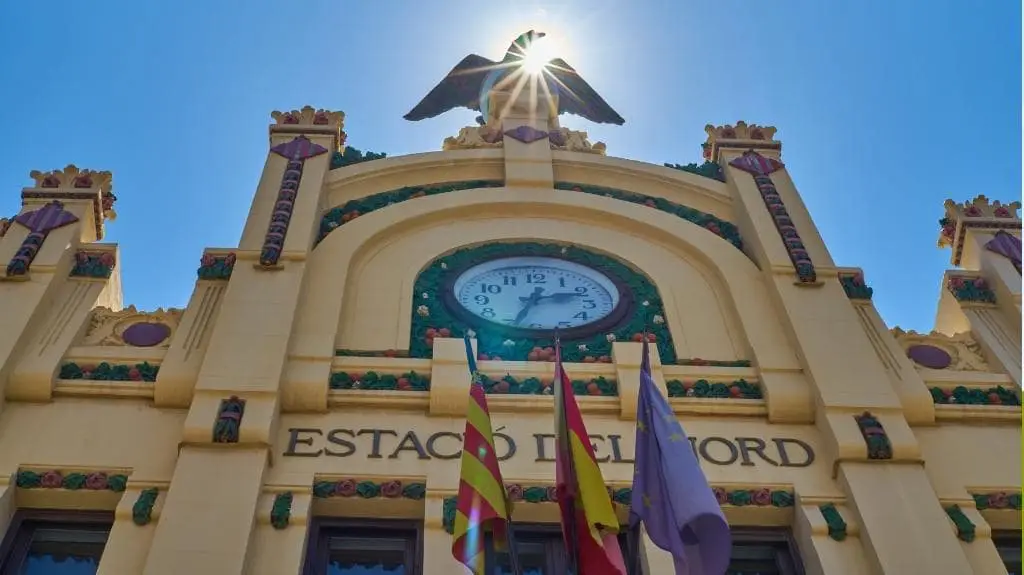
- Estacio del Nord. When traveling from Barcelona to Valencia, your train will arrive at Estacio del Nord. Valencia’s central railway station is not only a major transportation hub but also a magnificent example of the Valencian Art Nouveau style. The building was inaugurated in 1852. The lavishly decorated façade will capture your eyes, but the interior is equally stunning. It features mind-blowing decorations including intricate tiles, mosaics, and stained-glass windows.
- Central Market. Another magnificent Valencian Art Nouveau structure is Mercado Central. The marketplace from the beginning of the 20th century pays respect to its older neighbors by incorporating architectural elements from their styles. You can see Gothic and Baroque influences in the domes at the crossings of the wrought-iron roof. The stunning covered market is also one of the largest in Europe. Stroll between the countless colorful stalls, where you’ll find fresh fish, fruits, and veggies.
- Silk Exchange. La Lonja de la Seda integrates the late Valencian Gothic style. In the 17th and 18th centuries, silk and textile trading was a viral part of the Valencian economy. The Silk Exchange is where most of the business occurred. The complex consists of three structures. The most important one is The Contract Hall. As the name suggests, merchants worked out the details of their deals inside. Two large twisted columns hold the roof over the intricate space. Don’t skip the other structures and learn their peculiar history as well.
- Jardí Botànic. The Botanical Garden is one of the green lungs of the city. It’s part of the University of Valencia. The historic garden opened its doors in 1802 and remains a center for study, education, and public use. Inside, you’ll discover several ecosystems. Endemic and endangered Mediterranean species coexist with rare exotic succulents and gigantic palm trees from around the world.
- Playa de Malvarrosa. You can’t go to Valencia and not visit its beaches. Malvarrosa Beach is not only the city’s most famous stretch of sand. It’s also its longest. Here, you can entertain yourself with beach volleyball, outdoor fitness equipment, and kids’ playgrounds. Don’t miss sampling local delicacies and cool refreshments at Playa del Malvarrosa’s funky restaurants.
- Las Arenas Beach. Another very popular sand stretch in the Spanish city is Playa del Cabanyal, also known as Playa de las Arenas. Unfortunately, it’s also the busiest, especially in summer. If you don’t mind the crowds, finding it is easy. Las Arenas is the first beach north of the massive Port of Valencia.
- Playa de la Patacona. Also known as Alboraya, you’ll find this fantastic sandy beach next to Playa de Malvarrosa. The azure waters of the Mediterranean Sea, the unique vibe of the beach, and its clean bright sand make this a wonderful spot to relax. When you grow tired of sunbathing and swimming, take a stroll under the canopy of tall palm trees that dot Playa de la Patacona’s boardwalk.
Go to Valencia for the Astonishing Museums
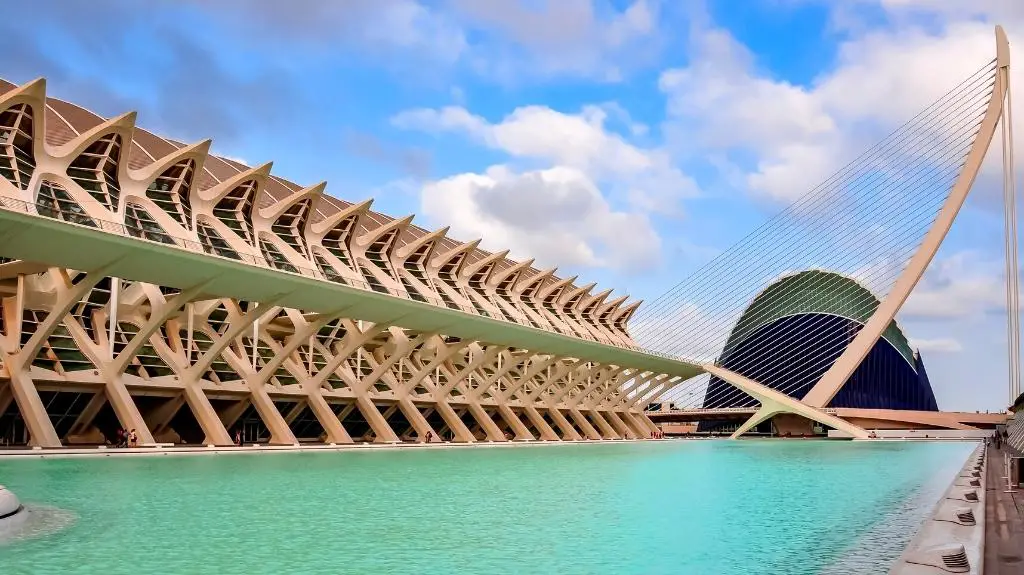
Spain’s third-largest city boasts a ton of stunning exhibitions. In the following section, you’ll discover the museums and galleries Valencia is worth visiting for. Let’s dive into the world of science and art!
- Science Museum. Part of the mind-boggling City of Arts and Sciences complex, Museu de les Ciències Príncipe Felipe is worth checking out even if science is not your thing. It’s housed in a building shaped like a whale skeleton. Inside the interactive museum, you can admire anything from explosions to groundbreaking technologies. Check out Foucault’s Pendulum to see the proof of Earth’s motion in action. Visit the museum’s website to catch some of the fun events it organizes.
- Museu de Belles Arts de València. With its nearly 2,000 pieces, The Museum of Fine Arts of Valencia is a true hidden gem for culture vultures. The art on display dates from medieval times to the modern age, and includes works mainly from Valencian and Spanish artists. Don’t miss the highlights of the exposition: the self-portrait of Diego Velázquez, the “Altarpiece of Arts” by Gonzalo Pérez, Goya’s “Playing Children”, and El Greco’s “St. John the Baptist”.
- Museo Nacional de Cerámica y Artes Suntuarias González Martí. The exhibition contains ceramics, pottery, and decorative arts covering periods from ancient Roman to contemporary times. Glassware, metalwork, textiles, costumes, and furniture have also made it into the collection of the National Museum of Ceramics and Decorative Arts. One of the highlights is the world’s largest Valencian ceramics exhibit. The items date back to the 16th century. The palace, which houses the museum, reflects 18th-century Valencian Baroque architecture and is worth exploring for its design.
- Museo del Arroz. As we’ve established in the foods and drinks section, rice plays a huge role in Spanish cuisine. So, when you visit Valencia, don’t skip this unusual museum near the port. At Museo Del Arroz, you’ll explore the history of farming and the mechanics of processing the staple food. You’ll also discover more about rice cultivation and the central role it plays in the cuisine of Valencia.
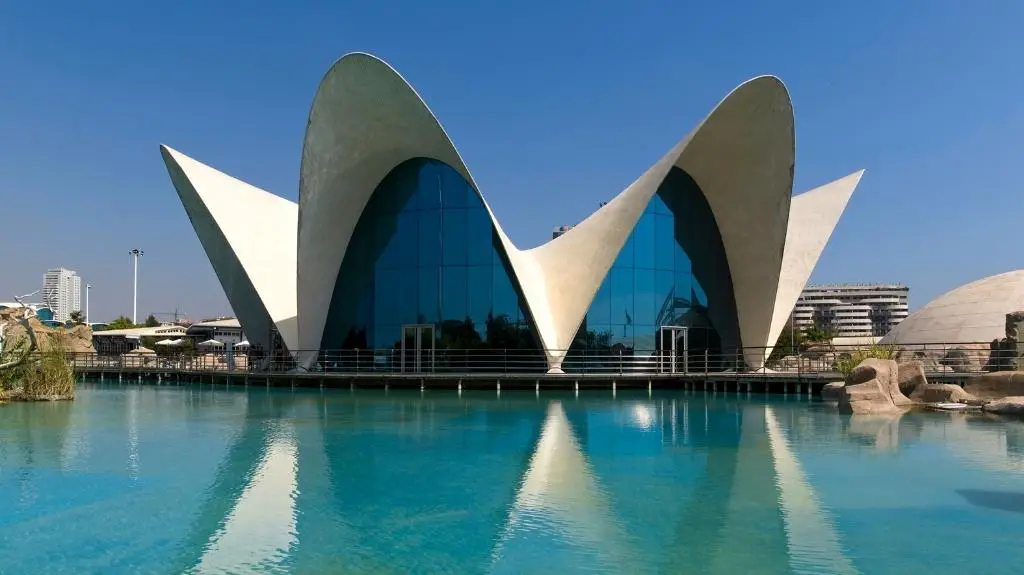
- Museo Taurino. Despite its controversy, bullfighting is a huge topic in Spain. If you want to explore the history of this dangerous yet traditional activity, head to Museo Taurino. Its exhibition shows you tools from the 18th, 19th, and 20th centuries, and showcases the history and features of this Spanish practice. The museum is adjacent to Plaza del Toro, a bullfighting arena that’s still functioning today.
- L’Iber. Valencia boasts many unconventional museums, but L’Iber Museo de Los Soldaditos de Plomo might be the most unusual of them. L’Iber hosts the world’s biggest collection of historical miniatures. Inside its exhibition rooms, you can see nearly 100,000 pieces. The miniatures tell the history of Valencia and Spain, from the prehistoric and ancient eras until today. Note that the museum is open only on weekends.
- L’Almoina. Almoina Archaeological Museum brings together a huge collection of archaeological pieces from the history of Valencia and the region. You’ll discover artifacts from the city’s foundation by the Romans in the 2nd century BC till the Middle Ages. L’Almoina is next to the Valencia Cathedral and covers 27,000 sq. ft. (2,500 sq. m). Ruins from several periods of the city’s development will transport you back in time.
- L’Oceanogràfic. The gigantic Oceanographic is another place in the City of Arts and Sciences complex that you should pay a visit to while in Valencia. It’s the largest oceanographic aquarium in Europe, housing 45,000 animals from 500 species. The attraction features several sections, each representing a different marine ecosystem. You can see Mediterranean, tropical, temperate, and polar creatures in the oceanarium’s waters. Don’t miss observing the dolphin show, the beluga family, and the penguins. Check out the submarine restaurant, too.
Travel to Valencia for the Peculiar Festivals
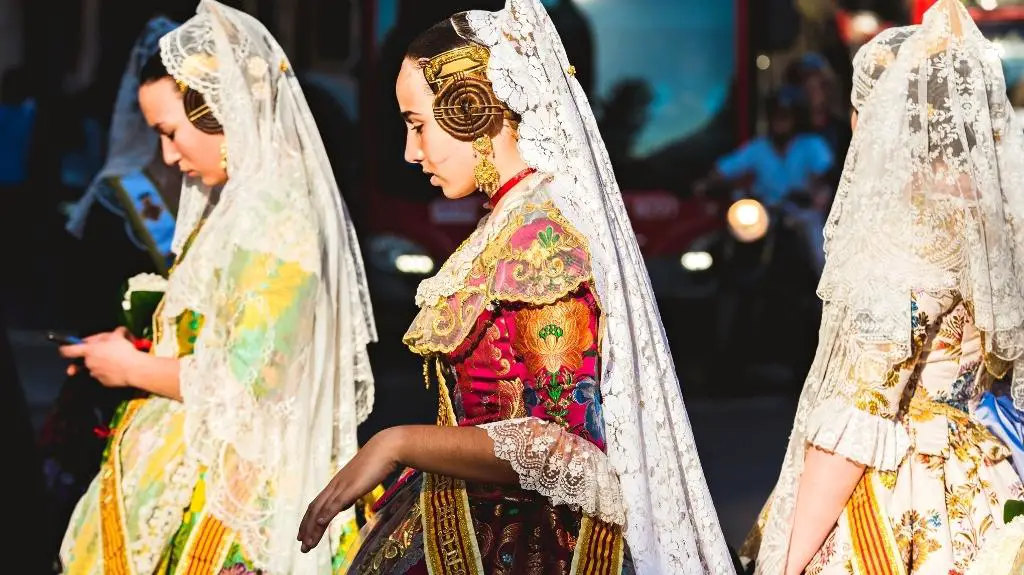
Following Spain’s tradition in organizing bizarre fests, the birthplace of paella adds a specific layer to the country’s quirkiness. In this section, you’ll discover the festivals worth seeing in Valencia.
- Las Fallas. Taking part in this wild festival is among the craziest reasons to visit Valencia. Las Fallas celebrates the beginning of spring and the fest reaches its peak on March 15 and 16. That’s when the “falleros” have just one night to build the gigantic Ninot Fallas. The fallas are massive figures from wood and paper-mâché that reach up to 49 ft. (15 m). They parade on the streets of Valencia in front of spectators and judges. The jury then chooses the best figure, and the rest gets burned.
- Carnaval. If you travel to the Spanish city in February, don’t skip the chance to take part in the carnival festivities. Even though the local carnaval is not as extravagant as the ones in Cádiz and Tenerife, it’s still one of the reasons people visit Valencia. The celebrations include funky street parades, extravagant costumes, and lively music.
- Fiesta de San Vicente Ferrer. Visiting Valencia in April? You can join the festival in honor of San Vicente Ferrer. Locals have been celebrating the patron saint of the community of Valencia since the Middle Ages. The most important day of the Fiesta de San Vicente Ferrer is April 5, when a grand procession overtakes the streets of Valencia. The participants dress in traditional Valencian costumes and carry candles, making the sight a visual feast.
- Feria de Valencia. This fall festival reveals the distinctive culture and vibe of Valencia. An array of events featuring performing arts, film, opera, theater, and concerts entertain the crowds. The culmination of Feria de Valencia is the spectacular firework display that lights up the night sky.
- La Tomatina. Just 24 mi (39 km) west of Valencia, the small town of Buñol hosts the largest tomato fight in the world. During La Tomatina, Participants throw more than 125 tons of ripe tomatoes at each other for two hours straight. The crazy tradition began in 1945, and has gained huge popularity throughout the world. Personally, we don’t approve of the insane waste of fruit, but if you’ve ever wanted to smash tomatoes in other people’s faces, travel to Buñol in August.
Now You Know Why You Should Visit Valencia, Spain
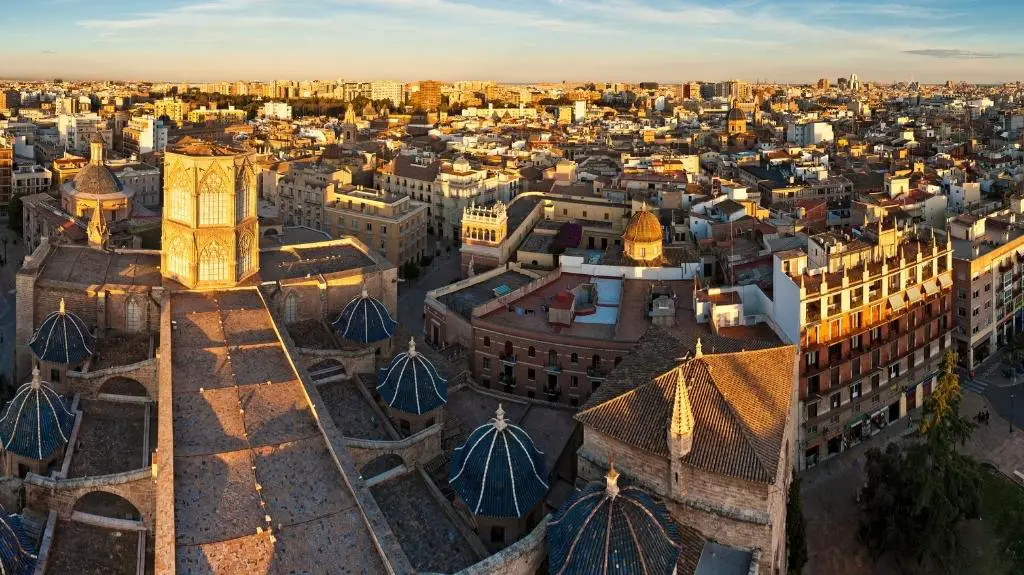
There you have it – the best 33 reasons to visit Valencia.
The birthplace of paella will steal your heart with its gorgeous beaches, extravagant attractions, fun festivals, and peculiar museums.
To best prepare for your trip, don’t miss our top Valencia travel tips.
Start Planning Your Trip to Valencia with Our BEST Recommendations:
⭐ Top Tours in Valencia ⭐
📍 Tuk-Tuk Tour Around the City – discover Valencia in an entertaining and comfy way.
📍 Wine & Tapas in a Historic Building – a guided walk through the Old Town and delectable wines and tapas in an 11th-century building.
⭐ Best Accommodations in Valencia ⭐
🏨 Caro Hotel – the best luxurious experience in the heart of Valencia’s Old Town.
🏨 Amazinn Places EVIapartments – funky, modern apartments with great amenities.
⭐ Easiest Transportation Options in Valencia ⭐
🚍 Valencia Tourist Card – enjoy discounts, free travel, and entrances to museums.
🚍 Discover Cars – compare and find the best rates for car rentals.
Now, we’re wondering:
Do you think Valencia is worth seeing?
Share your view in the comments below.
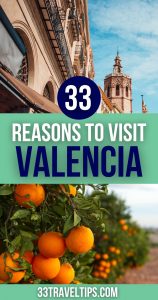
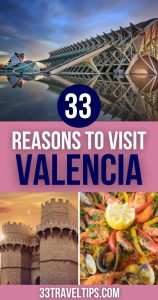


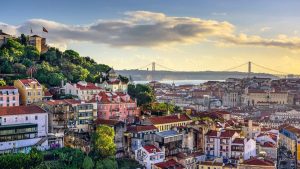


Gosh! Valencia looks lusciously lovely. I want to go there. Now! Arthur, book the flights!
Hey Connie,
Valencia is absolutely gorgeous! You and Arthur will definitely have a blast 🙂
Let us know if you need help planning your trip 😉
Cheers,
Naddya and Svet